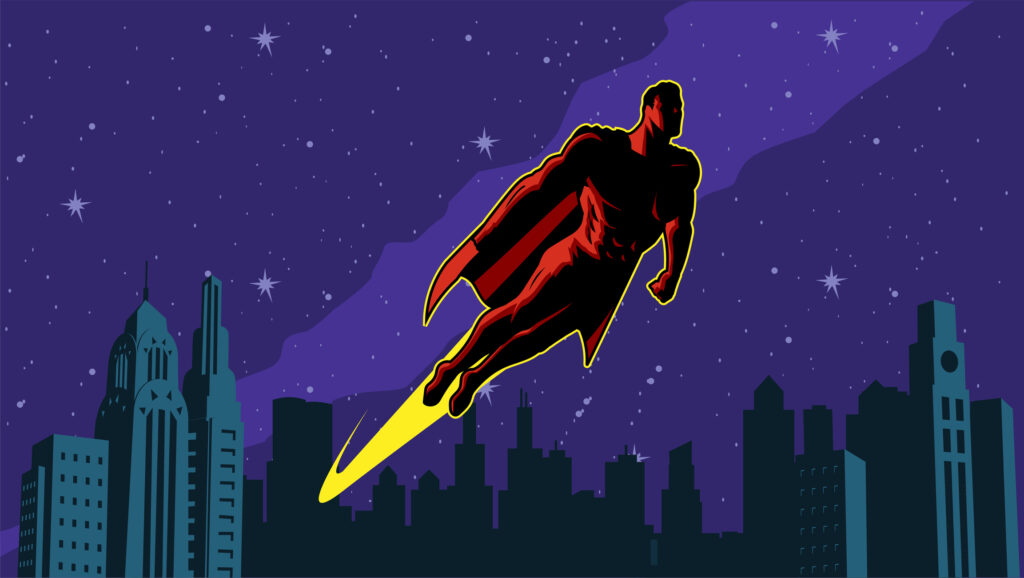Superheroes used to be a niche genre, something only comic book fans talked about. Then came Iron Man, The Dark Knight, and The Avengers, and suddenly, caped crusaders weren’t just popular—they were the kings of Hollywood. For the past two decades, superhero movies have dominated the box office, breaking records, shaping pop culture, and turning obscure comic book characters into household names. But how did we get here, and what’s next for the superhero craze? Let’s dive in.
The Early Days of Superheroes on Screen
Superheroes weren’t always Hollywood’s favorite. Sure, there were early hits like Superman (1978) and Batman (1989), but for years, superhero films were a mixed bag. Some, like Spider-Man (2002) and X-Men (2000), proved there was an audience, but others, like Daredevil (2003) and Catwoman (2004), made studios hesitant to go all-in on the genre.
Marvel Changed Everything with the MCU
In 2008, Marvel Studios took a risk with Iron Man, and it paid off big time. That movie kick-started the Marvel Cinematic Universe (MCU), an interconnected world of superheroes that made audiences feel like every film was part of a much bigger story. The MCU’s success turned superhero movies into must-watch events.
The Dark Knight Trilogy Proved Superheroes Could Be Serious
While Marvel was building a shared universe, Christopher Nolan’s The Dark Knight trilogy showed that superhero movies could be dark, complex, and Oscar-worthy. The Dark Knight (2008) was a game-changer, proving that a comic book film could also be a gripping crime drama with unforgettable performances.
The Avengers Made Team-Ups the Gold Standard
When The Avengers (2012) hit theaters, it wasn’t just a movie—it was a cultural event. Seeing Iron Man, Captain America, Thor, and Hulk together on screen was the moment superhero movies went from popular to unstoppable. From that point on, cinematic universes became the goal for every studio.
Superheroes Took Over TV Too
Movies weren’t enough. Soon, superheroes started dominating television as well, with shows like Arrow, Daredevil, The Boys, and WandaVision proving that superhero stories could work just as well on the small screen. Streaming services only fueled the boom, making superhero content more accessible than ever.
The Rise of R-Rated and Experimental Superhero Films
Not every superhero story fits the family-friendly mold. Movies like Deadpool (2016), Logan (2017), and Joker (2019) proved that audiences were ready for darker, more mature superhero films. These movies pushed boundaries and showed that the genre could be more than just CGI battles and happy endings.
Superhero Fatigue Started Creeping In
As much as audiences love superheroes, too much of a good thing can lead to burnout. With multiple Marvel and DC films releasing every year, plus spin-offs and TV shows, some fans have started feeling overwhelmed. The once-guaranteed box office success of superhero movies is starting to face real challenges.
DC Is Trying to Reboot for the Future
While Marvel had a clear plan, DC struggled to build its own shared universe. Movies like Man of Steel and Batman v Superman had their fans but never reached MCU levels of success. Now, with James Gunn leading a DC reboot, there’s hope for a fresh start with a stronger vision.
What’s Next for Superheroes in Hollywood?
The next era of superhero movies will likely focus on quality over quantity. Audiences are looking for fresh takes, deeper storytelling, and characters they can connect with. Expect more experimentation, unexpected team-ups, and stories that go beyond the traditional superhero formula.
Superheroes Aren’t Going Anywhere
Even if the hype slows down, superheroes are here to stay. They’ve become a core part of pop culture, inspiring new generations of fans. Whether it’s through movies, TV, or even animated series, the superhero genre will keep evolving—because in the end, people will always love a good hero story.
Superheroes may have taken over Hollywood, but their next chapter is just beginning. The question isn’t whether they’ll stick around—it’s how they’ll continue to evolve.

